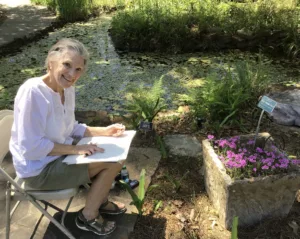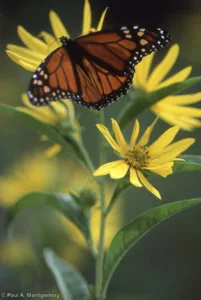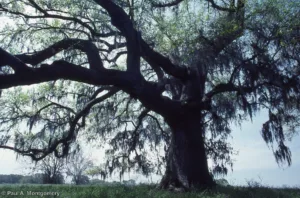The Native Plant Society of Texas recognizes both individuals and organizations with its annual awards and contests. All award recipients and contest winners are recognized during our spring and fall symposia.
Memorial Awards are selected by the Awards Committee chaired by the president-elect. The committee provides an online form each year that is open from March 1 to May 31 for Society members and the public to submit nominations of worthy candidates.
The State Board has the option to choose to recognize outstanding service by an individual or group with special awards. These awards are given only when merited.
Presidential awards are at the discretion of the president of the Society and are optional.
Benny J. Simpson Fellows are members elected annually by ballot by their fellow members for exceptional Society work at the state or local level.
The Contest Committee organizes and judges the following annual competitions; video, photography and chapter newsletters.
Awards: News & Announcements

Annual awards announced for 2023
Every year the Native Plant Society of Texas recognizes organizations and individuals that advance our mission. Their work will be honored during our 2023 Pineywoods Symposium to be held November 9-12, in Nacogdoches, Texas.

Annual awards for 2022 announced
Every year the Native Plant Society of Texas recognizes organizations and individuals that advance our mission. Their work will be honored during our 2022 symposium to be held September 22-24,

Annual awards for 2021 announced
Our annual awards for 2021 honor extraordinary people from all over Texas who have done amazing things that in some way, shape, or form champion our mission
Our Annual Awards
Benny J. Simpson Fellows
The honor of Fellow is conferred upon members in recognition of remarkable service to the Society in advancing our mission. It is granted in belief that special recognition should be given for exceptional and dedicated service at the state or chapter level.
Contest Winners
Each year we have contests around photography and other digital communications. See the award winners.
Digital Media Awards Recipients
Visit these internet resources for award winning digital publications featuring Texas native plants!
Memorial Awards
The Society presents awards to recognize excellence in writing, acts of conservation and public service, and lifetime achievement in the field of Texas native plants.
Presidential Awards
The Society President awards the Kate Hillhouse Chapter of the Year Award, the Presidents Award and other Awards of Appreciation annually.
State Board Awards of Appreciation and Merit
Annual Awards of Appreciation, the Native Star Award, Digital Media Award and more are given by the Society.
